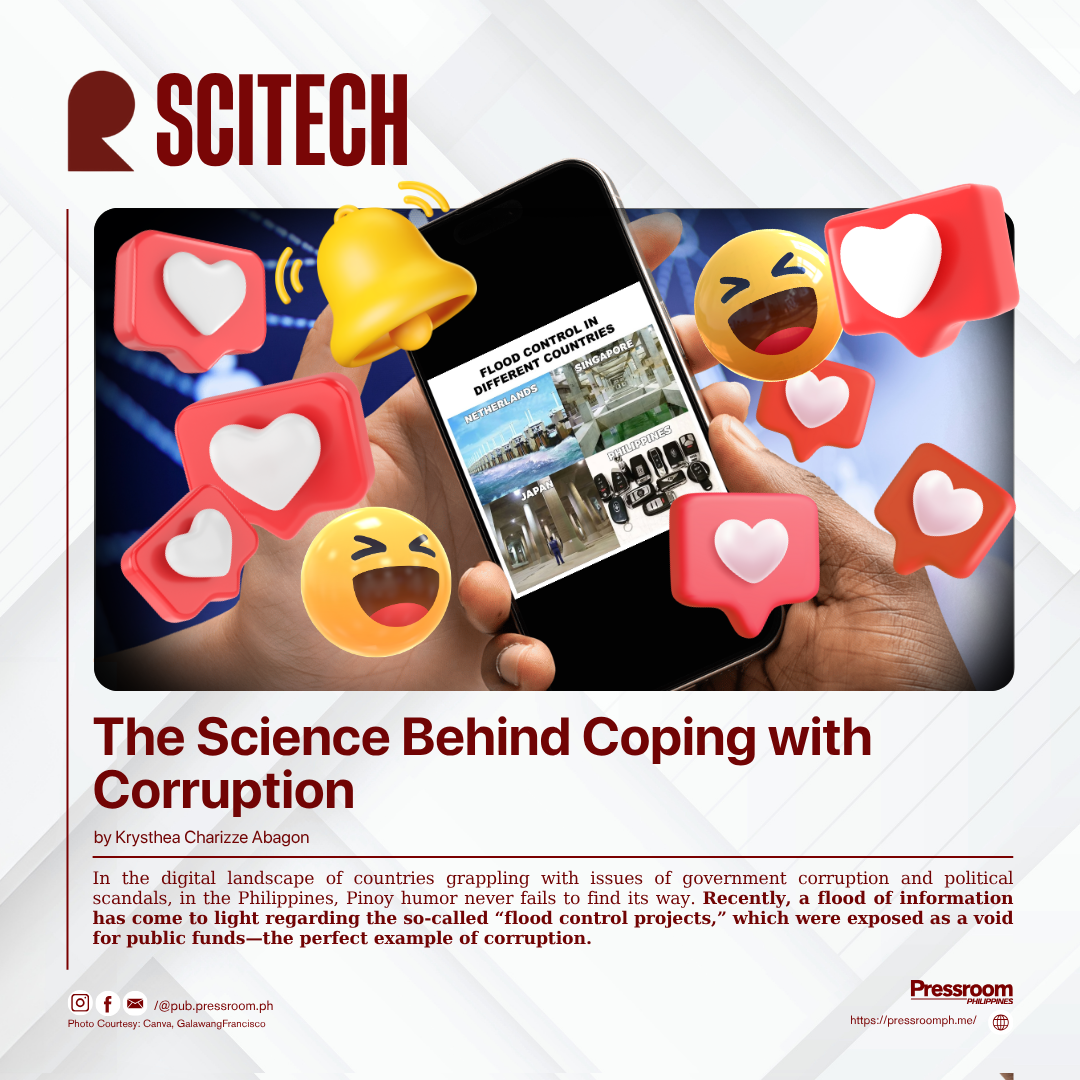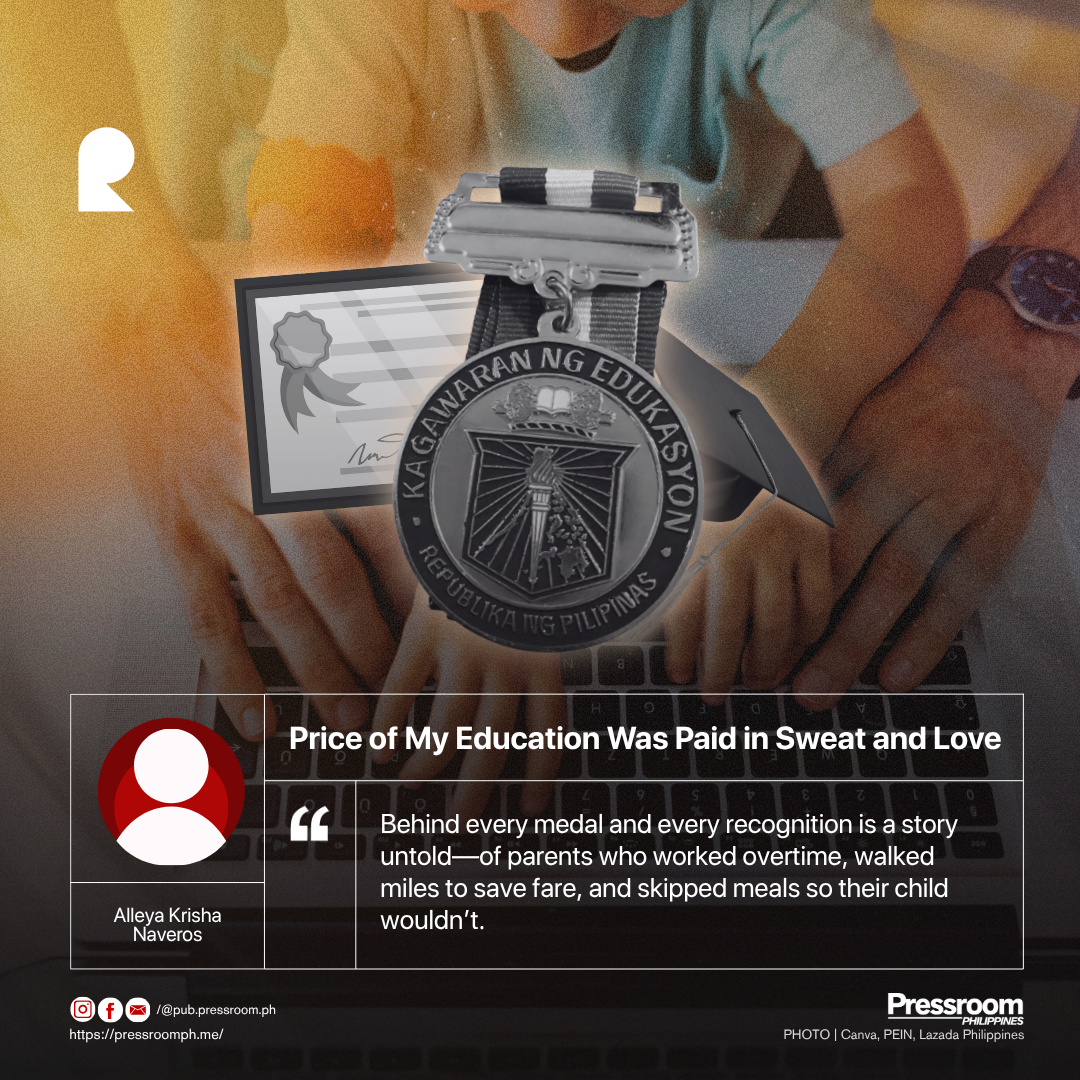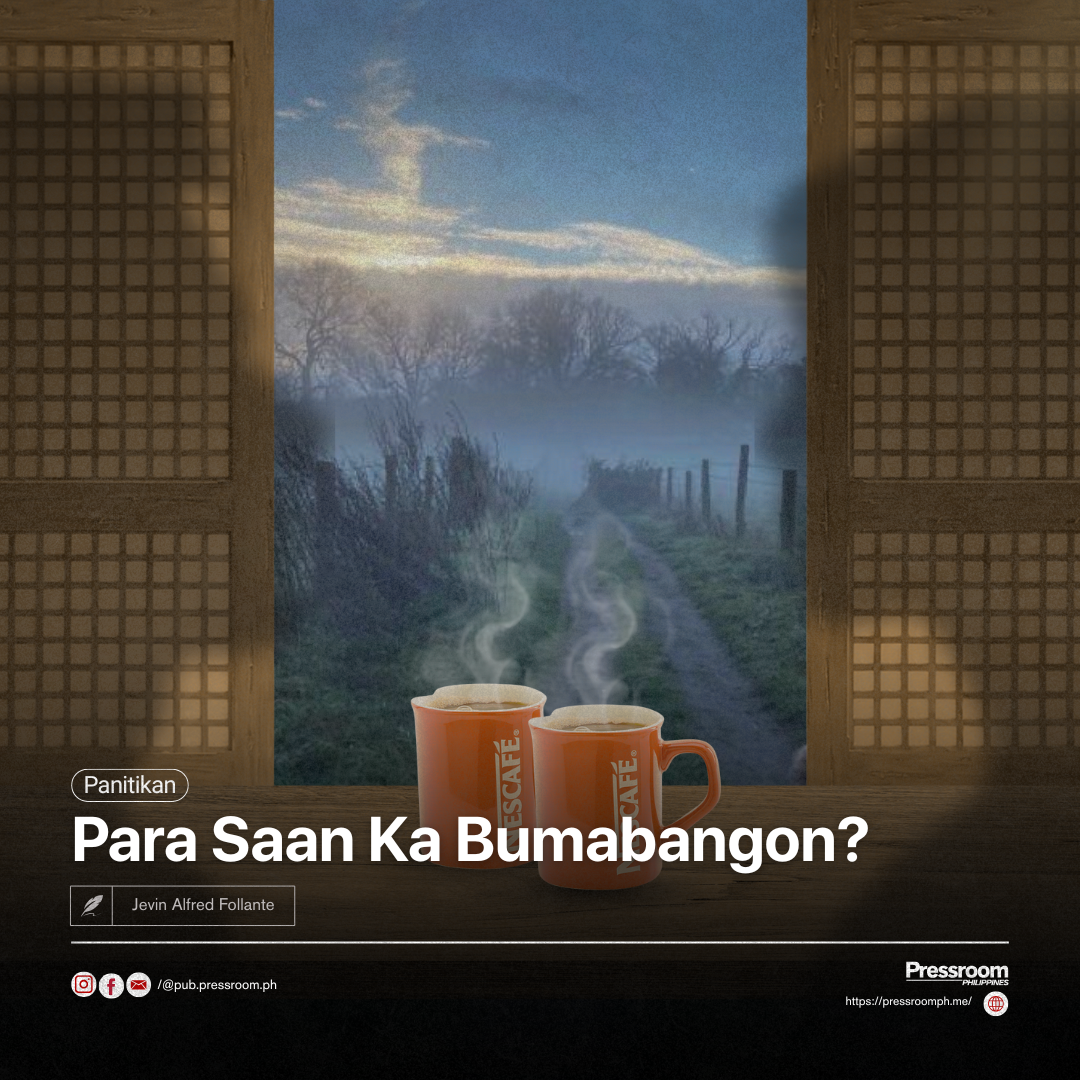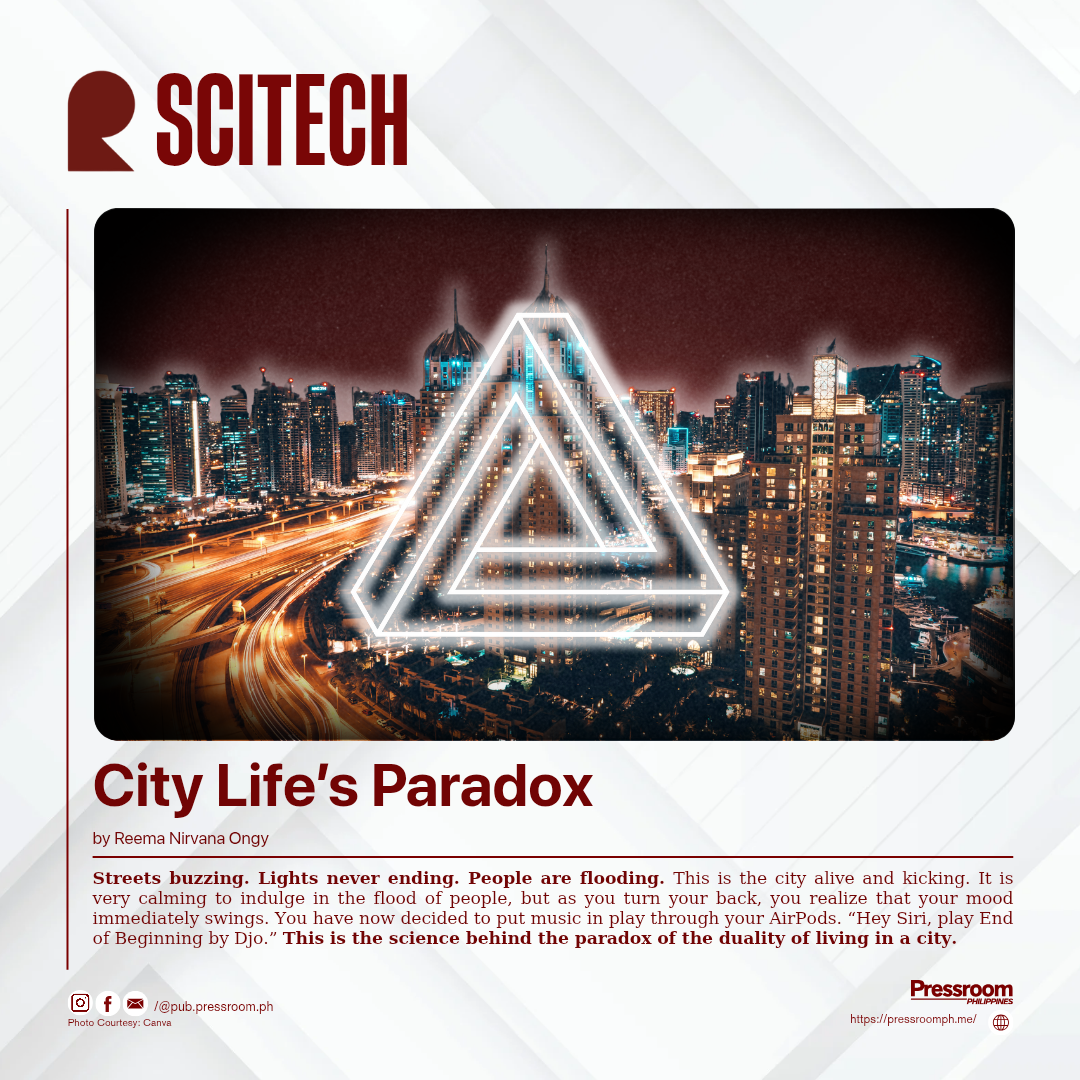In the digital landscape of countries grappling with issues of government corruption and political scandals, in the Philippines, Pinoy humor never fails to find its way. Recently, a flood of information has come to light regarding the so-called “flood control projects,” which were exposed as a void for public funds—the perfect example of corruption.
According to an estimated calculation by Greenpeace based on the amounts revealed in Senate inquiries, over PHP 1.089 trillion of the government’s climate-tagged expenditures have been lost to corruption since 2023, including PHP 560 billion in 2025 alone. This has now become a new arena for Filipinos to express their emotions through memes, satirical content, and other forms of digital media, in hopes of reducing the overwhelming gravity of the situation.
This behavior, in response to the recently lit issues, is more than just a “coping mechanism.” It serves as a tool to fight back, driven by how humans naturally process stress and injustice through humor.
Memes are not just shallow jokes—these forms of content represent a way of surviving the systematic failure that is a lived reality for the majority. In psychology, humor is recognized as an emotion-focused coping mechanism that acts as a moderator of other coping strategies. By turning anger into laughter, citizens temporarily regain a sense of control (Simione and Gnagnarella, 2023).
According to the Benign Violation Theory, people resort to humor when something is both wrong—the corruption—and safe—the meme format (Human Research Lab). This mix creates laughter, which lowers stress hormones and offers catharsis—the process of releasing strong, repressed emotions (Akimbekov and Razzaque, 2021).
Memes are also an effective form of collective social resistance when netizens transform collective frustration into solidarity. When a community, such as social media, shares a common emotion toward a form of content, it creates a sense of unity—that others also carry frustration and anger. In sociology, this is called collective effervescence, where shared emotions strengthen social bonds.
Like a ‘digital bayanihan,’ people share memes to collectively bear the weight of political frustration. In this sense, a viral meme about a corrupt politician signals that the person is not alone, and this turns isolated frustration into a silent but powerful form of social resistance (Pizarro et al., 2022).
Lastly, the constant mockery of corruption and its drivers through satire slowly eats up their power. Authority is based on respect and fear—but memes make them a laughingstock. When a politician becomes a common ‘joke’ among netizens, their influence diminishes, but their notoriety as a laughing matter increases.
Communication studies show that satire is an effective form of social control. It is difficult for officials to resist mockery because when they respond, they often come across as defensive or humorless. This makes memes a subtle but effective weapon. It is also a reminder that leaders only have power if we give it to them—and humor can take that power away (Chen et al., 2017).
Pinoy humor is not just a reflection of how Filipinos endure the face of corruption. It is a coping mechanism for a harsh reality, a show of united political resistance, and an avenue for netizens to feel some sort of power among themselves.
Now, political memes and satirical content are not just meant to ease the burden or release the pent-up frustration of those being victimized by corruption—they are a form of resistance. A way to enlighten the truths, a reminder to stay aware, to question authority, and to hold leaders accountable—beyond the laughter.






